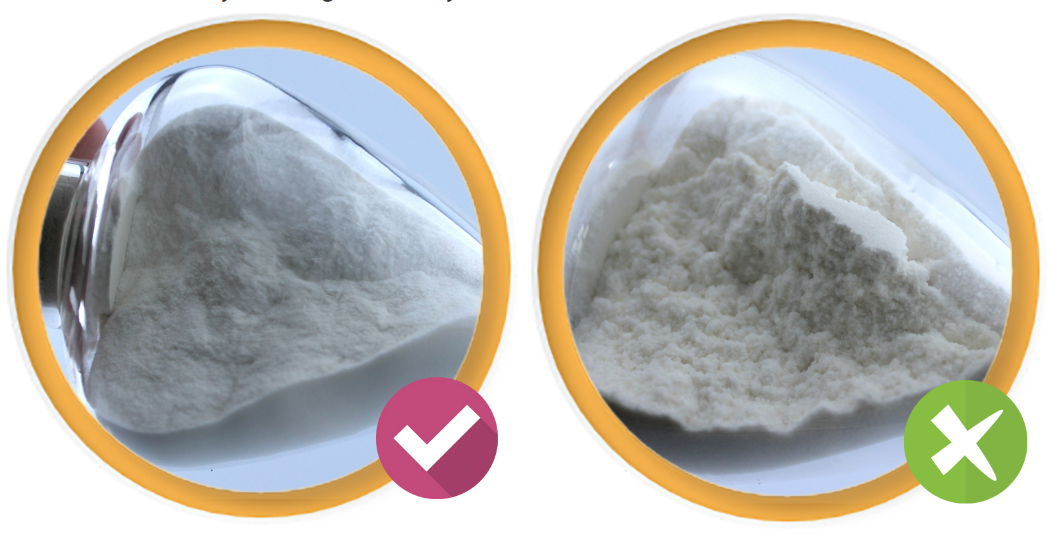
Aug . 10, 2024 13:00 Back to list
Exploring the Impact of HPMC-Based SDS on Drug Delivery Systems and Pharmaceutical Applications
Understanding HPMC SDS A Comprehensive Overview
Hydroxypropyl Methylcellulose (HPMC) is a versatile polymer that plays a crucial role in various industries, particularly in pharmaceuticals, food, and construction. This article delves into the significance of HPMC, focusing on its safety data sheet (SDS) to help users understand its properties, handling, and potential hazards.
What is HPMC?
HPMC is a non-ionic, water-soluble cellulose ether derived from cellulose. It is chemically modified to enhance its solubility and functionality. The versatility of HPMC lies in its thickening, film-forming, and emulsifying properties, making it a favored ingredient in multiple applications. In pharmaceuticals, HPMC is commonly used as a binder and coating agent in tablets and capsules. In the food industry, it serves as a thickening agent, stabilizer, and fat replacer, improving texture and consistency. In construction, HPMC is utilized in dry mix mortars for enhancing workability and water retention.
Importance of HPMC SDS
A Safety Data Sheet (SDS) is a document that provides essential information on the properties of a chemical substance, including its hazards, handling precautions, and safety measures. For HPMC, the SDS outlines important aspects such as chemical composition, potential hazards, first-aid measures, and safe storage guidelines. It is crucial for manufacturers, workers, and regulatory bodies to understand the SDS to ensure the safe use of HPMC in various applications.
Key Sections of HPMC SDS
1. Identification This section provides basic information about HPMC, including its chemical name, synonyms, and intended uses. It helps users recognize the substance and its applications in different sectors.
hpmc sds

2. Hazard Identification HPMC is generally considered non-toxic and safe in appropriate concentrations. However, the SDS outlines any potential environmental or health risks, such as irritation to the eyes or skin upon direct contact. Understanding these risks is crucial for ensuring workplace safety.
3. Composition and Ingredients The SDS details the specific composition of HPMC, including its molecular weight and viscosity grade. This information assists users in determining the appropriate grade for their specific applications.
4. First-Aid Measures The SDS outlines recommended first-aid measures in case of exposure. For instance, if HPMC comes into contact with skin or eyes, the document advises immediate rinsing with water and seeking medical attention if irritation persists.
5. Handling and Storage Proper handling and storage practices are vital to maintaining HPMC's integrity. The SDS provides guidelines to minimize exposure and prevent contamination, emphasizing the importance of using protective equipment such as gloves and goggles during handling.
6. Disposal Considerations The SDS includes information on the proper disposal of HPMC waste. It is essential to follow local regulations and guidelines to minimize environmental impact.
Conclusion
Understanding the safety data sheet for Hydroxypropyl Methylcellulose is imperative for anyone involved in its production, handling, or application. By familiarizing themselves with the properties and safety guidelines outlined in the SDS, users can ensure a safer work environment and maximize the benefits of HPMC across various industries. Its wide-ranging applications, coupled with its relatively low toxicity, make HPMC a valuable component in the formulation of products that enhance our daily lives. Continued education and adherence to the guidelines in the SDS will foster safer and more efficient use of this remarkable compound.
-
Why HPMC is a Key Additive in Wall Putty Formulations
NewsAug.05,2025
-
Redispersible Powder in Decorative Renders: Function Meets Finish
NewsAug.05,2025
-
Redispersible Powder for Interior Wall Putty: Smooth Results Every Time
NewsAug.05,2025
-
HPMC’s Water Retention Capacity in Dry Mortar Applications
NewsAug.05,2025
-
HPMC Factory Contributions to Liquid Detergents
NewsAug.05,2025
-
How HPMC Factory Products Change Detergent Textures
NewsAug.05,2025







